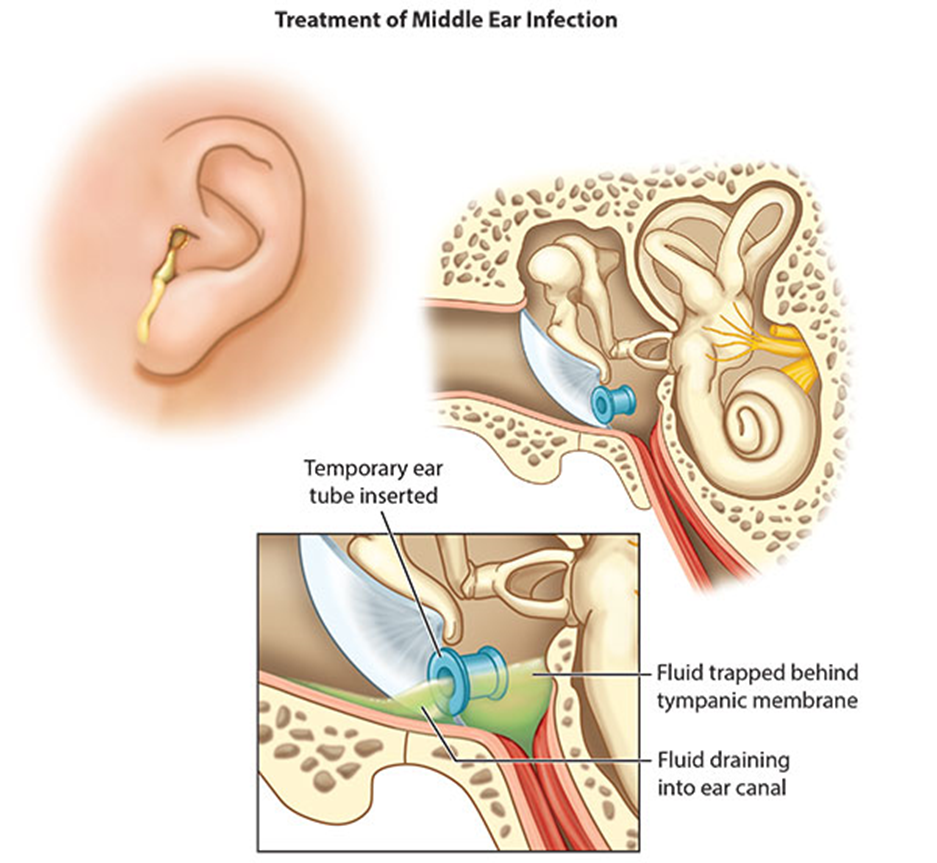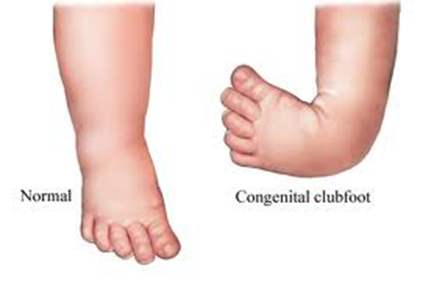A nurse is caring for a 4-month-old infant who is immediately postoperative following cleft palate repair. Which of the following actions should the nurse take?
Give the infant liquids using a small spoon with a long handle.
Apply elbow restraints to the infant.
Gently check the infant's suture line using a padded tongue depressor.
Place the infant in a supine position.
The Correct Answer is B
A. Give the infant liquids using a small spoon with a long handle.
Give the infant liquids using a small spoon with a long handle.While feeding is essential, the method described is not specific to postoperative care after cleft palate repair.Feedings are resumed by bottle, breast/chest, or cup per surgeon preference; some surgeons prescribe the use of an Asepto syringe for feeding or a soft cup such as a soft-tipped sippy cup.
B. Apply elbow restraints to the infant.
Apply elbow restraints to the infant is correct.Elbow restraints would be used to prevent the infant from injuring or traumatizing the surgical site.
C. Gently check the infant's suture line using a padded tongue depressor.
It's important to assess the surgical site for signs of infection or bleeding, but using a padded tongue depressor may not be the most appropriate method. The nurse should follow the surgeon's orders regarding wound care and assessment techniques, which may include visual inspection without manipulation.
D. Place the infant in a supine position.
Placing the infant in a supine position is generally recommended after cleft palate repair surgery to minimize strain on the surgical site and promote healing. However, it's essential to ensure proper positioning to prevent aspiration and maintain airway patency.
Nursing Test Bank
Naxlex Comprehensive Predictor Exams
Related Questions
Correct Answer is C
Explanation
A. "Gently put the tubes back into the child's ears": This is not the correct response. Tympanoplasty tubes are not meant to be reinserted if they fall out. Attempting to reinsert them without proper medical training could cause injury or damage to the child's ears. Therefore, this response should be avoided.
B. "Bring the child to the emergency department immediately": While it's important for the parent to seek medical attention if the tubes fall out, it may not always necessitate a visit to the emergency department, especially if the child is not experiencing any other symptoms. This response might cause unnecessary panic for the parent and may not be the most appropriate course of action.
C. "Notify the provider that the tubes have fallen out": This is the correct response. If the tympanoplasty tubes fall out, the parent should notify the healthcare provider who performed the procedure. The provider can then assess the situation and determine the next steps, which may include scheduling a follow-up appointment to evaluate the child's ears.
D. "The tubes are sutured in place and must be surgically removed": This is incorrect. Tympanoplasty tubes are not sutured in place; they are typically designed to fall out on their own after a certain period of time. Additionally, removal of tympanoplasty tubes usually does not require another surgical procedure.

Correct Answer is D
Explanation
A. Ophthalmologist: This healthcare professional specializes in the diagnosis and treatment of eye disorders. While eye problems can occur in infants, congenital talipes equinovarus specifically involves foot deformities rather than eye issues. Therefore, a referral to an ophthalmologist wouldn't be appropriate for this condition.
B. Nutrition counselor: A nutrition counselor provides guidance on diet and nutrition-related issues. While nutrition is essential for overall health, it's not directly related to the treatment of congenital talipes equinovarus. Therefore, a referral to a nutrition counselor wouldn't typically be part of the care plan for this condition.
C. Speech therapist: Speech therapists, also known as speech-language pathologists, specialize in evaluating and treating communication and swallowing disorders. However, congenital talipes equinovarus doesn't affect speech or swallowing. Therefore, a referral to a speech therapist wouldn't be relevant for this condition.
D. Orthopedic specialist: An orthopedic specialist is a healthcare professional who specializes in the diagnosis and treatment of musculoskeletal conditions, including congenital abnormalities like clubfoot. They are trained to assess the severity of the deformity and develop a treatment plan, which may include non-surgical or surgical interventions to correct the foot alignment. Therefore, a referral to an orthopedic specialist is the most appropriate choice for an infant with congenital talipes equinovarus.

Whether you are a student looking to ace your exams or a practicing nurse seeking to enhance your expertise , our nursing education contents will empower you with the confidence and competence to make a difference in the lives of patients and become a respected leader in the healthcare field.
Visit Naxlex, invest in your future and unlock endless possibilities with our unparalleled nursing education contents today
Report Wrong Answer on the Current Question
Do you disagree with the answer? If yes, what is your expected answer? Explain.
Kindly be descriptive with the issue you are facing.
